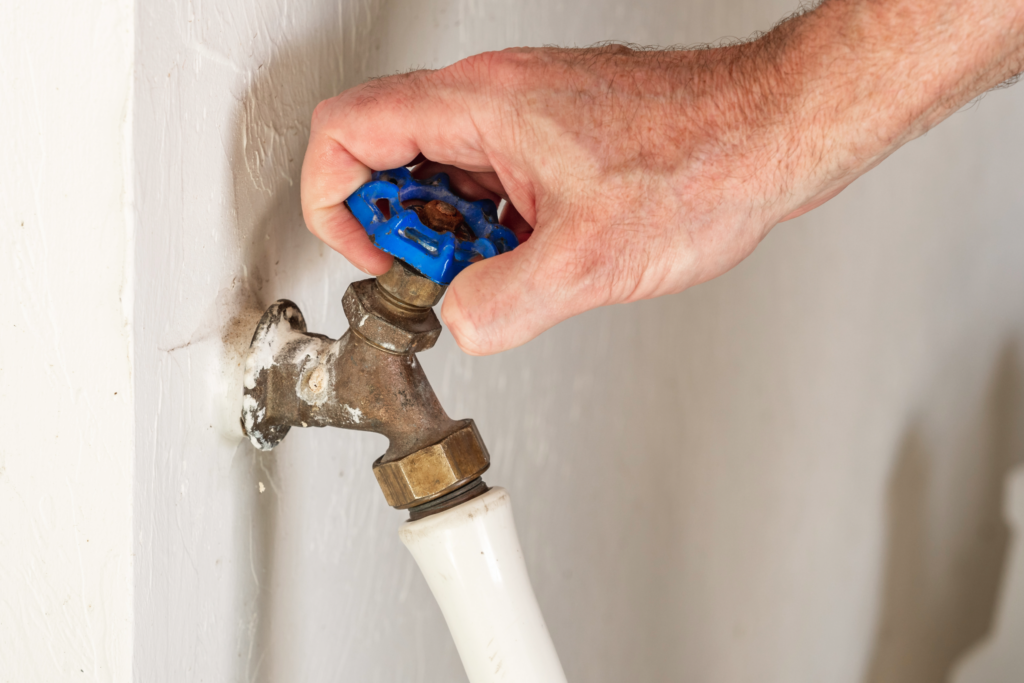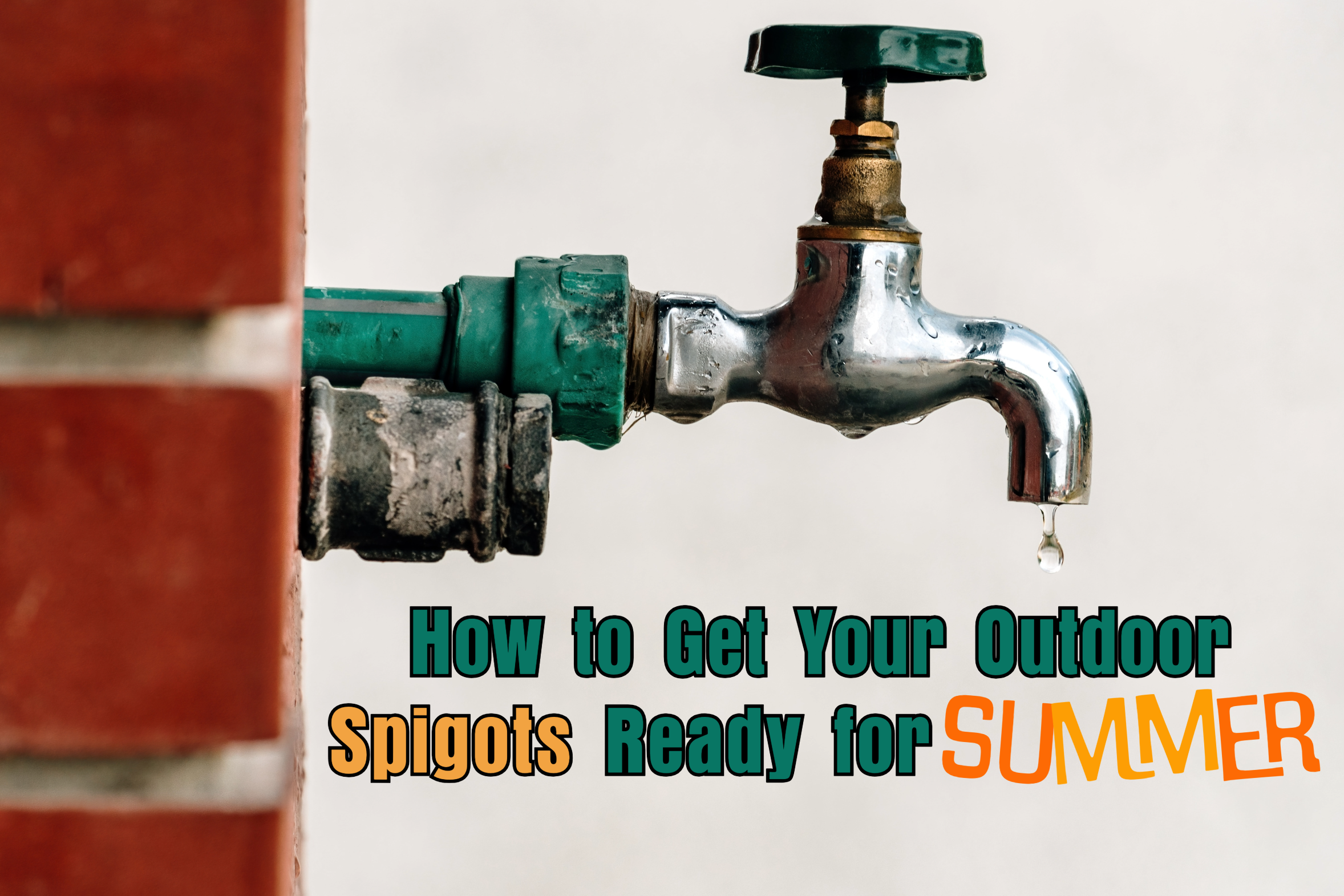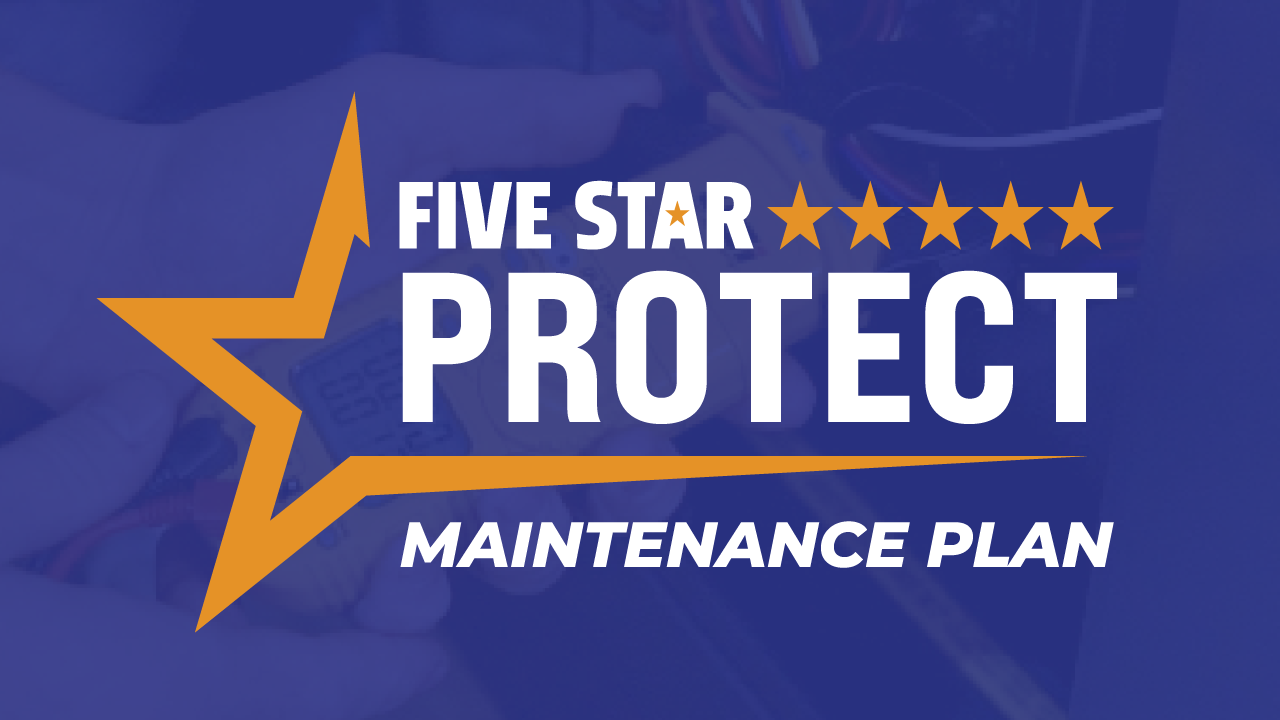As the summer months approach, it is essential to ensure that your outdoor plumbing is in optimal condition for watering, gardening, and outdoor activities. Keep in mind that it is not uncommon for homeowners to encounter spigot leaks. However, it is quite common for these leaks to be left unaddressed, which is not something we recommend. Letting seemingly small issues like this go unchecked for some time can turn into larger, more disastrous problems later. It’s best to fix them as soon as you spot them. Thus, your Centerville Plumbing & Drain has created this short guide to help you identify and resolve spigot leaks, steering you in the right direction to prepare your outdoor plumbing for the upcoming sunny season.
Know How to Spot a Spigot Leak:
Here are a few straightforward procedures for detecting a leak in your spigot:
- Visible Leak Check: Check the fixture for water drippage. If there is water leaking from the spigot (whether the faucet is turned off or on), this is a sign you have a leaking issue that needs to be addressed.
- Stains and Mold Check: Now, move on to inspecting the area around the wall and fixture. Inspect the surrounding area for water stains or mold development near the spigot vicinity. If you find any, this is a tell-tale sign indicating potentially concealed leaks.
- Pressure Drop Check: Have you observed a reduction in water pressure while using the hose? This may indicate a possible leak within the spigot.
- Corrosion Check: Examine the area surrounding the spigot for indications of corrosion or rust, as these can compromise the fixture’s integrity and result in leaks.
How to Fix a Spigot Leak:
Discovered a leak on your spigot? Follow these straightforward steps to address it!
- Tighten Connections: Use a wrench to secure the connections between the spigot and the pipe. You should always address the loose fitting before fixing any potential leaks.
- Washer Replacement: Replace worn-out washers within the spigot to address persistent leaks. Perform this task by shutting off the water supply first, then disassembling the bib, and fitting the new washers securely. Make sure to return everything back to its place afterward.
- Cracks Repair: If cracks are present in the wall around the fixture, make sure to address any cracks or damage in the spigot using a waterproof sealant or plumber’s tape. Just exercise caution and adhere closely to the instructions on materials.
- Backflow Prevention: If you are encountering backflow problems, consider the installation of a backflow preventer to prevent water from reversing into the plumbing system. This measure can help in averting leaks and contamination.
- Frost-Free Upgrade: If you have previously dealt with frozen fixtures, it may be a good idea to start transitioning to frost-free spigots to prevent future leaks caused by frozen pipes.
How to Know When to Call a Plumber:
Understanding the appropriate time to contact a plumber is crucial when dealing with intricate or potentially unsafe plumbing issues. While minor leaks and routine maintenance can typically be managed independently, specific indicators necessitate professional assistance. Should you persistently face leaks despite your DIY attempts, observe water damage or mold formation near the spigot, or encounter abrupt decreases in water pressure across your plumbing system, it is advisable to engage the services of a licensed plumber.

By adhering to these plumbing guidelines for detecting and rectifying spigot leaks, you will not only guarantee a seamless summer of outdoor pursuits but also enhance your peace of mind while creating lasting memories with your family and friends. Here’s to a summer season free of leaks and lots of summer fun!
Call Centerville Plumbing & Drain anytime at (937) 240-0169 or schedule an appointment online now by clicking here!




